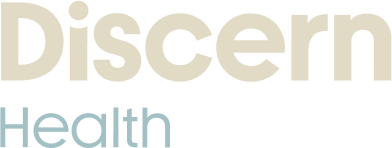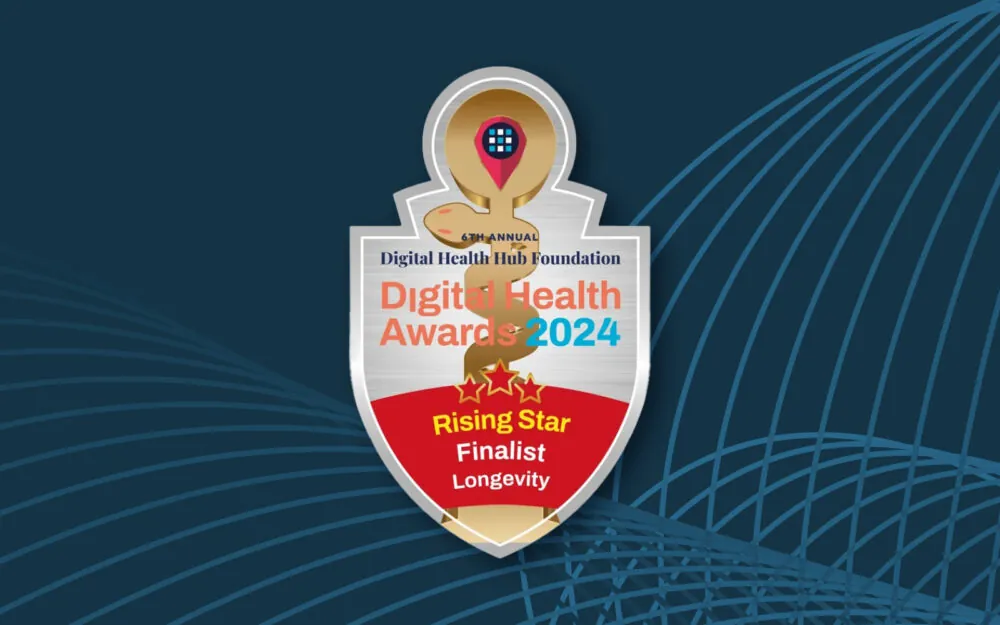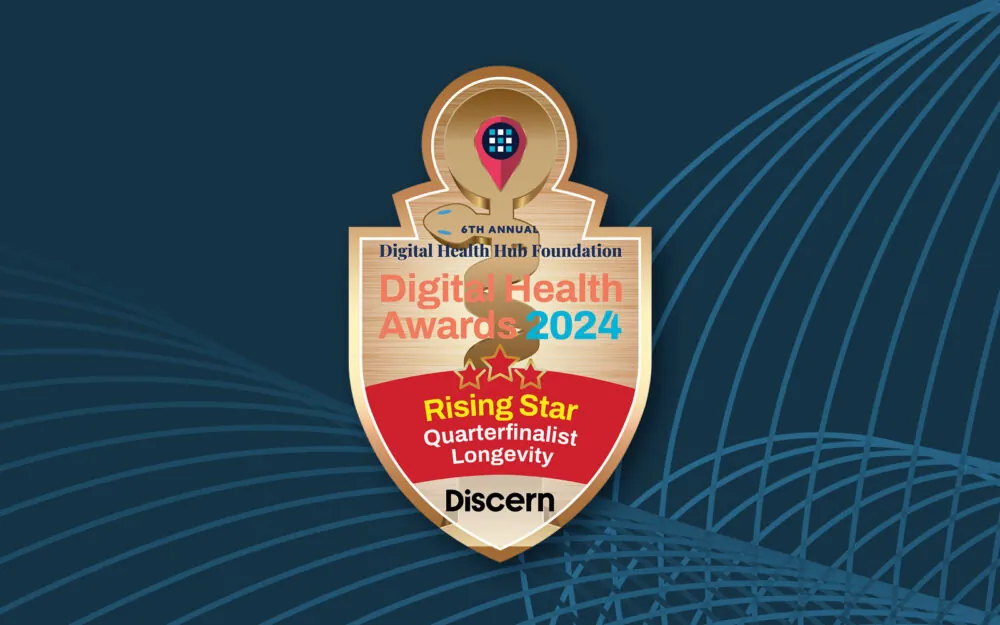By Katherine Sutton, RHIT, CCS, Revenue Cycle Specialist, Medical Terminologist at Discern Health
Integrating data with clinical practice is more important than ever. As our population ages and becomes more medically complex, healthcare delivery must evolve to not only meet growing demand but also to be proactive, predictive, and patient-centered in a data driven fashion. Clinical data standards are the foundation of thoughtful data capture and contextual data use – LOINC questionnaires are an example of the data standards critical to a technology-enabled healthcare future.
I had the opportunity to present to a diverse, but mission aligned audience on this topic recently at the 2024 LOINC Conference on September 20 in Washington, D.C. I spoke about how LOINC questionnaires can be better used at the point of care and in the building of predictive models to support proactive patient care. I also shared some examples of how we are using the questionnaires currently at Discern Health to inform care decisions, reduce risk, and ultimately improve patient outcomes. Below is a snapshot of the insights we’ve gained from this work, and the implications for healthcare.
The Growing Healthcare Crisis
The healthcare industry is facing a significant supply vs. demand problem. By 2035, the number of healthcare professionals will be 26 million short of demand. Meanwhile, the U.S. population is aging rapidly, with those over the age of 65 projected to make up 20% of the population by 2030 and as much as 23% by 2050.
Traditional workflows simply aren’t enough to handle the increased burden of care, particularly for high-risk individuals. We need scalable solutions to improve care delivery; healthcare data use is critical to these solutions. Although the adoption of Electronic Health Records (EHRs) has significantly increased the amount of clinical data available, their full potential hasn’t been realized. Health data capture remains incomplete, inconsistent, and inequitable, especially for the most complex patients.
The Challenge of Data Capture
Healthcare data is vast and growing, but the way it’s captured often limits its utility. For instance, much of the data captured in EHRs is structured for administrative or billing purposes, not clinical decision-making. Additionally, unstructured data—free-text notes, scanned documents, and patient inventories—is often not captured in a format that can be easily analyzed and used for predictive modeling.
Take patient inventories such as the PHQ-9 for depression or the STEADI criteria for fall risks; these are often completed by patients in paper form and then scanned into EHRs, where they become static, unsearchable, and largely unusable for proactive care. This is a missed opportunity. If we can standardize and structure these data using tools like LOINC questionnaires, we can not only make this data more actionable, but also improve the accuracy and effectiveness of predictive models.
Leveraging LOINC Questionnaires for Fall Risk Prediction
One area where we’ve seen significant potential for LOINC questionnaires is in fall risk prediction. Falls are a major issue for older adults, with 25% of the 80 million people in CMS-sponsored care delivery models expected to fall each year. These falls are costly—between $9,000 and $13,000 per outpatient fall—and have significant psychosocial impacts.
At Discern Health, we’ve developed a predictive falls risk model that incorporates both structured and unstructured data. Take for instance the Centers for Disease Control and Prevention’s STEADI initiative, which seeks to support healthcare providers serving older adults at risk of falls through three core elements: screening patients for fall risk, assessing modifiable risk factors, and intervening to reduce fall risk. Using tools such as the CDC STEADI’s fall risk questionnaire, which has already been standardized in LOINC, we can track patients’ fall risks over time in a way that’s easy to visualize and act upon. For instance, if a patient scores above a certain threshold on the STEADI questionnaire, we can immediately recommend targeted interventions like physical therapy, medication reviews, or referrals to specialists based on their specific risk factors.
The power of this approach lies in the ability to capture a patient’s risk at a single point in time and track how it evolves. For example, a patient who initially reports only mild dizziness might, over several months, begin to exhibit more serious fall risk factors like unsteady gait or muscle weakness. By structuring this data using LOINC codes, we can make these changes visible and actionable for clinicians as they evolve in a patient’s longitudinal progression.
The Impact of Structured Data on Predictive Models
Predictive models are only as good as the data they’re built on, and structured data—especially when combined with unstructured data—provides a much clearer picture of a patient’s overall risk. At Discern Health, our predictive model has demonstrated a significant impact on care management. For example, on a population of 24,000 patients, care management interventions based on our falls risk model can reduce the likelihood of a fall by 22%, saving an estimated $800,000 over a year for a payer.
When structured data from tools like LOINC questionnaires is included, that number can increase substantially highlighting the importance of capturing data in a format that’s not only comprehensive but also standardized and actionable. LOINC is supporting this initiative by taking questionnaires from the point of care and coding them with LOINC codes so that clinical studies and other clinicians can more effectively use that data to manage studies and/or their patients. If you have a questionnaire you use regularly, you can petition LONIC to build codes for that questionnaire to use in a codified way.
The Future of Data-Driven Healthcare
At the heart of this work is the idea that healthcare needs to shift from reactive to proactive care, particularly for high-risk populations. We can’t allow patients to get sick and try to improve from there. It is more efficacious, cost-effective, and humane to keep people well through thoughtful prevention strategies. By using tools like LOINC questionnaires to standardize and structure data, we can improve the accuracy of predictive models, empower clinicians with actionable insights, and ultimately help patients manage their health more effectively.
At Discern Health, we are committed to advancing this vision by developing data-driven solutions that support clinicians in delivering proactive, patient-centered care. By leveraging the power of LOINC questionnaires and other standardized tools, we are helping to pave the way for a healthcare system that is as smart and efficient as it is compassionate.




